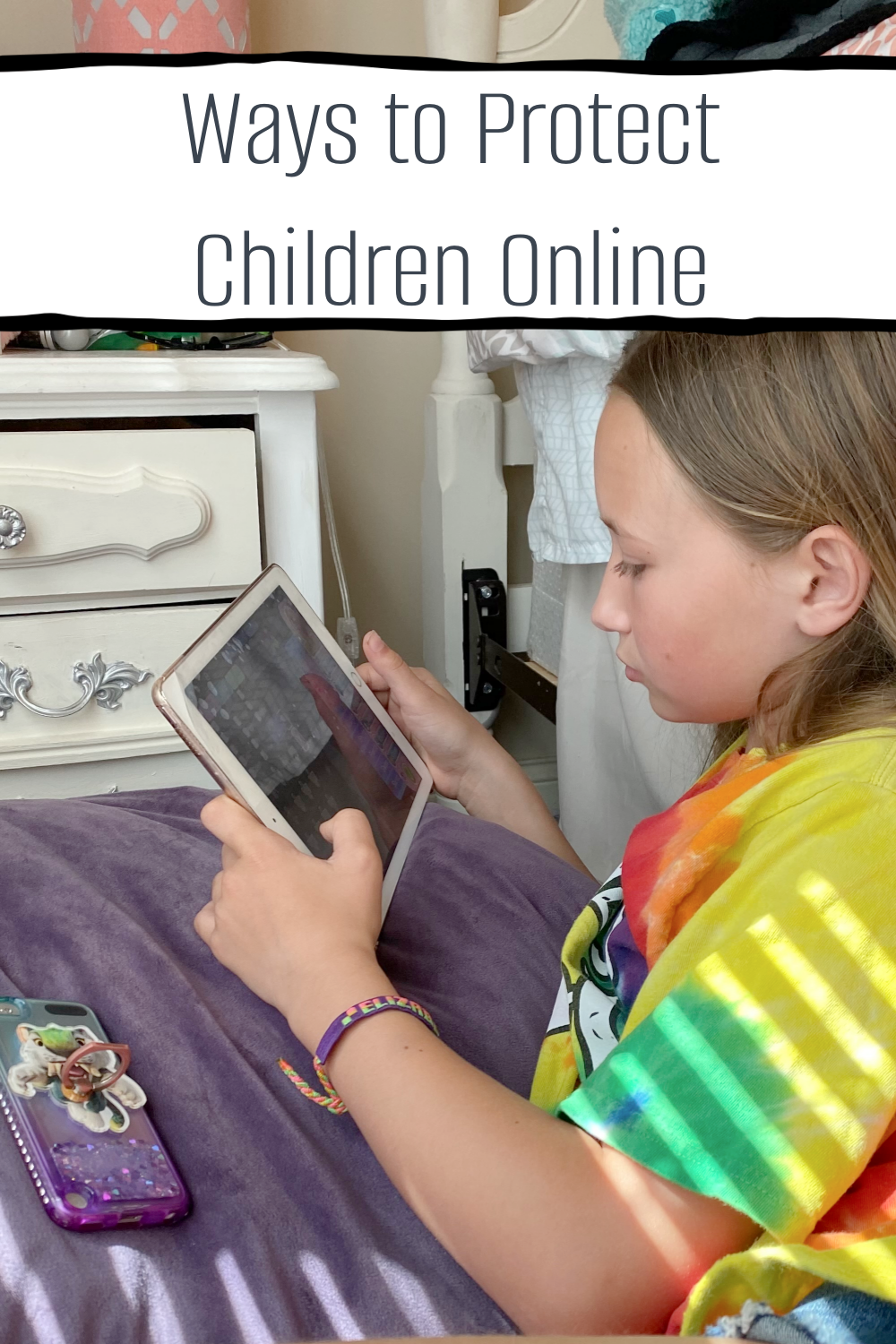This guide will discuss the essential actions one should take during various medical emergencies, ensuring you act swiftly and effectively when every second counts.
Recognize A Medical Emergency
- Difficulty breathing or shortness of breath
- Severe chest pain or pressure
- Heart attack or cardiac arrest
- Head injury
- Fracture
- Fainting, sudden dizziness, or weakness
- Changes in vision
- Confusion or changes in mental status
- Any sudden or severe pain
- Uncontrolled bleeding
- Severe or persistent vomiting or diarrhea
- Severe allergic reaction
- Coughing or vomiting blood
- Choking
- Suicidal thoughts
- Severe abdominal pain
These symptoms often indicate a serious condition that needs prompt medical help. If you or someone around you experiences any of these signs, don't hesitate to act as quickly as possible. Contact a hospital with the best emergency room known for its complete facilities. Remember, your quick response could mean the difference between a manageable situation and a life-threatening emergency.
Call For Help
- Stay calm and speak clearly
- Provide your exact location, including any landmarks or specific directions
- Describe the nature of the emergency
- Answer all questions as accurately as possible
- Follow any instructions given by the dispatcher
- Don't hang up until instructed to do so
Keep in mind that the dispatcher is trained to help you through the situation until emergency responders arrive.
Assess The Scene and Ensure Safety
- Traffic hazards
- Fire or smoke
- Electrical dangers
- Toxic fumes or gases
- Unstable structures
If the scene is unsafe, don't approach. Wait for trained professionals to arrive and handle the situation.
Check For Responsiveness
Meanwhile, if there's no response, check for breathing. Look for chest movement, listen for breath sounds, and feel for air coming from their nose or mouth. If they're not breathing, begin CPR immediately if you're trained to do so.
Perform CPR If Necessary
Cardiopulmonary resuscitation (CPR) can be lifesaving in cases of cardiac arrest. If you're trained in CPR:
- Place the person on their back on a firm surface
- Begin chest compressions at a rate of 100-120 per minute
- Push hard and fast in the center of the chest, allowing full recoil between compressions
- If trained in rescue breaths, give two breaths after every 30 compressions
Don't worry if you're not CPR-certified. The emergency dispatcher can walk you through hands-only CPR, which focuses on continuous chest compressions without rescue breaths. This method is simpler but still highly effective in maintaining blood flow to vital organs.
Remember, any CPR is better than no CPR at all. Your actions can buy precious time until medical professionals arrive.
Control Bleeding
- Apply direct pressure to the wound using a clean cloth or sterile gauze
- If blood soaks through, add more layers without removing the original dressing
- Elevate the injured area above the heart if possible
- For limb injuries, apply pressure to the appropriate pressure point (e.g., inside of the upper arm for hand injuries)
In any bleeding situation, your goal is to slow or stop the bleeding until professional help arrives. However, if the bleeding doesn't slow or stop with these measures, don't panic. Continue your efforts and wait for emergency responders.
Stay With the Person
- Continuous monitoring: You can keep an eye on their condition and alert emergency responders if it changes suddenly.
- Provide comfort: Your presence can help keep the person calm and reassured during a frightening situation.
- Protect from the elements: You can shield them from extreme temperatures, rain, or direct sunlight.
- Prevent crowding: If the emergency occurred at a public place, you can ask onlookers to step back and give the person space.
- Gather information: You can collect important details about what happened, which can be valuable for medical professionals.
Your presence and support can be incredibly comforting during a crisis. So, even if the person is unconscious, stay by their side.
Prepare For Emergencies
- Educate yourself: Take a first aid and CPR course. These skills are invaluable and could one day save a life.
- Stock up on supplies: Keep a well-stocked first aid kit in your home and car. Make sure to regularly check and replenish items as needed.
- Know your family's health: Familiarize yourself with the medical history and allergies of your family members. This information can be crucial for healthcare providers in an emergency.
- Keep emergency contacts handy: Store important phone numbers where they're easily accessible. Consider creating a digital and physical list.
- Plan for evacuation: Develop and practice an evacuation plan for your home. This is essential for fires and any disaster that might require you to leave quickly.
Preparedness is an ongoing process. So, regularly review and update your emergency plans and supplies. Stay informed about potential risks in your area and how to respond to them. Your proactive approach today could make all the difference tomorrow.









No comments
Thank you for dropping by! I would love to hear what you thought. :)
Thanks!
♥,
Diana